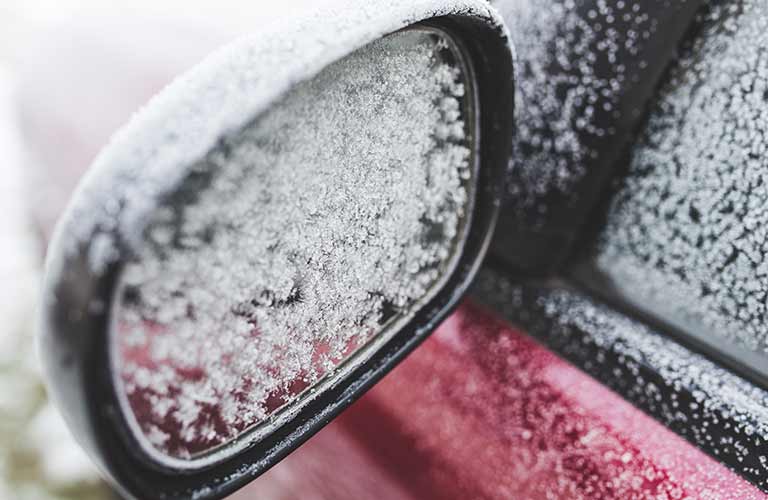Tips to Ensure Your Car is Ready for Winter
As the warm months end and the colder months take over, it is time to start preparing your vehicle for winter. This is often something people put off doing as it can be time-consuming. If you start planning now, you will be ready for that first snowfall. Follow these tips to ensure you are prepared this winter season.
Preparing the Exterior of Your Vehicle fo Winter
It is important to have a good tire tread and air pressure in the colder months. If you have a bad tread, then the tires will not have a good grip on the road. This can lead to sliding on the roadway, and more time needed to come to a complete stop.
You should have your battery checked to ensure it is holding a full charge. Most batteries have a life of three years, but some can last five. Still, it is important to have your battery checked before the winter season begins. You may even want to consider purchasing a portable jump starter, for those that live alone or in a rural area.

It is important to have the oil changed in your vehicle because this oil lubricates the engine and other important parts of your car. While you are changing your oil, either you or your mechanic should check your engine coolant, windshield wipers, and wiper fluid. Fill and replace these as needed.
Read More: How are synthetic oil and conventional oil different?
How to Prepare the Interior of Your Vehicle
When it comes to preparing the interior of your vehicle, there are many things to consider. Some items you will want to store in a box in the trunk or backseat of your car are a blanket; extra scarves, boots, hats, and gloves; flashlight; bottled water; energizing snacks; a shovel; extra ice scraper; radio; phone charger; and cat litter. The area where you store this box should be easily accessible without having to leave the vehicle.
Read More: How to Prevent Your Car and Items in Your Car from Getting Stolen
Additional Tips to Keep Vehicle Running in Winter
Always make sure to keep an adequate amount of gasoline in your fuel tank. Many car manufacturers recommend the fuel tank remain at least 1/4 full but having half a tank is better for many reasons. Condensation can form in the empty parts of your fuel tank, which can lead to problems starting your vehicle if there isn’t enough gasoline. As well, if you are stranded, you can keep the car running longer until help arrives.






